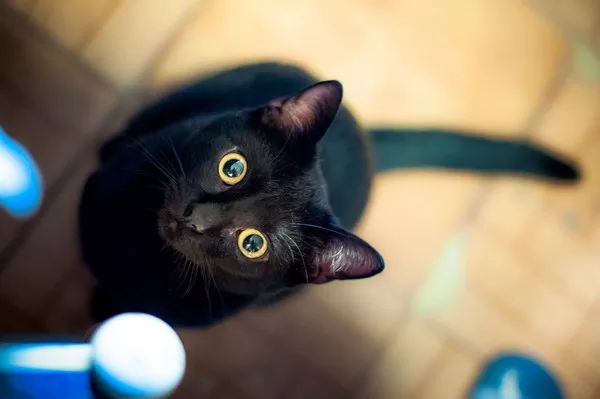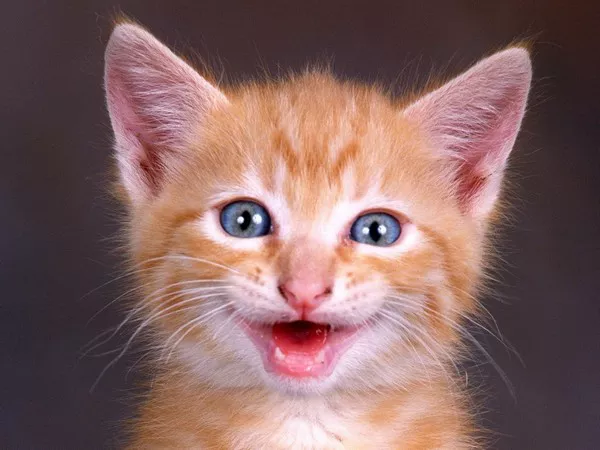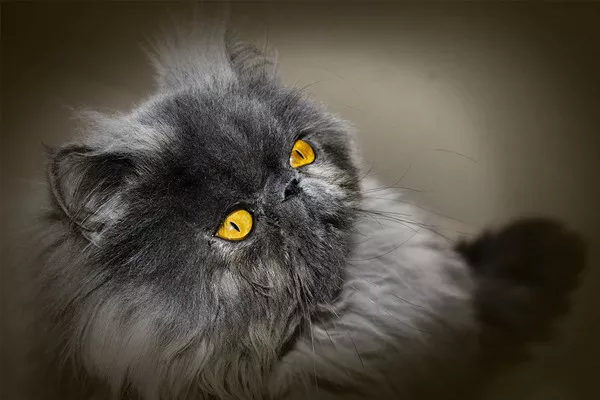Pet ownership comes with various responsibilities, including ensuring the health and well-being of your furry companions. Let’s explore which breeds made the list and what factors contribute to their higher insurance costs.
Top 10 Most Expensive Cat Breeds to Insure in 2024
1. Maine Coon – £331.25
2. Sphynx – £322.07
3. Russian Blue – £319.91
4. Bengal – £296.96
5. Scottish Folds – £279.27
6. Persian – £278.45
7. British Blue Shorthair – £267.16
8. British Shorthair – £245.79
9. Ragdoll – £225.21
10. Moggie – £218.15
According to the research, the average cost of a lifetime insurance policy per year varies significantly among these breeds. For instance, insuring a Maine Coon could cost £113 more annually compared to a Moggie, which refers to domestic cats with no specific breed.
It’s essential to note that insurance premiums can vary based on factors such as the cat‘s age, health, and breed-specific risks. Understanding these factors can help cat owners make informed decisions about their pet insurance needs.
Are Cats Cheaper to Insure Than Dogs?
In general, cats tend to be cheaper to insure than dogs. This discrepancy may stem from factors such as lower medical expenses and fewer visits to the vet associated with cats compared to dogs.
However, cat owners should remain vigilant about potential health conditions specific to felines, such as feline lower urinary tract disease (FLUTD), feline immunodeficiency virus (FIV), and feline leukemia virus (FeLV). While these conditions are relatively rare, they can impact insurance premiums and necessitate proper coverage.
Tips to Lower Pet Insurance Premiums
For cat owners looking to save money on insurance premiums while ensuring comprehensive coverage for their pets, here are some useful tips:
Get Insurance Early: Start insurance coverage for your cat when it’s healthy to ensure coverage for a broader range of conditions.
Pay Annually: Opt for annual payments instead of monthly installments to potentially save on overall insurance costs.
Keep Your Cat Healthy: Regular veterinary check-ups and vaccinations can contribute to lower insurance premiums by preventing costly health issues.
Negotiate with Insurers: If your premiums increase, inquire about the reasons behind the change and explore options for securing a better deal or matching prices from other insurers.
Choose Your Excess Wisely: Determine the amount you’re willing to pay out of pocket in the event of a claim and adjust your excess accordingly to balance premiums and coverage.
Consider Multi-Pet Policies: If you have multiple pets, bundling them under a single insurance policy may result in cost savings compared to insuring each pet separately.
Explore Cashback Deals: Take advantage of cashback offers from reputable websites while shopping for pet insurance to maximize savings.
In conclusion, understanding the factors influencing insurance premiums for different cat breeds can help pet owners make informed decisions about their insurance needs. By implementing cost-saving strategies and prioritizing their pets’ health, cat owners can ensure comprehensive coverage while managing insurance expenses effectively.



























